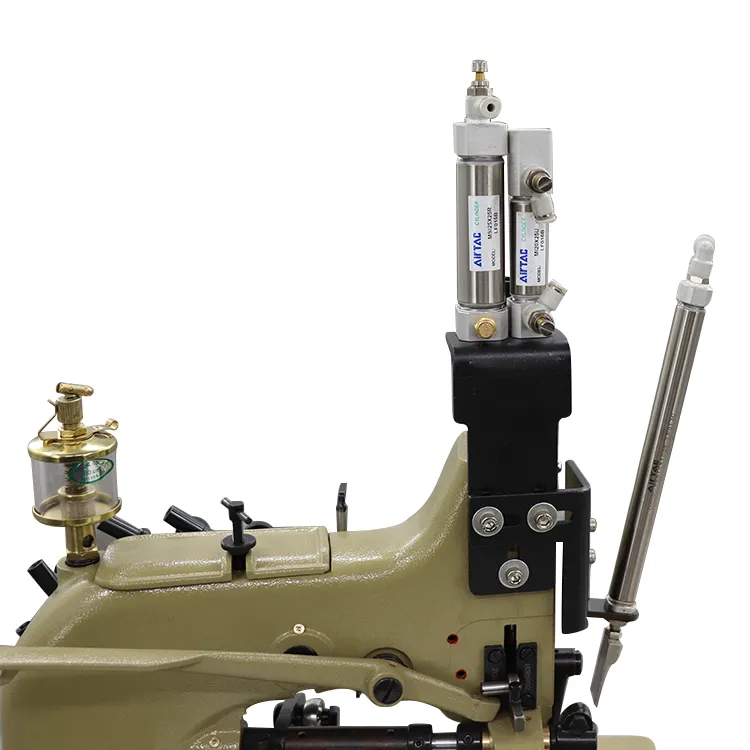what is a lock stitch
Understanding the Lock Stitch A Fundamental Sewing Technique
The world of sewing is rich with techniques and stitches that have evolved over centuries, but one of the most crucial and widely used is the lock stitch. Commonly associated with home and industrial sewing machines, the lock stitch is a fundamental technique that connects fabric pieces together in a durable manner. This article will delve into what a lock stitch is, its mechanics, and its applications, helping you appreciate this essential sewing method.
What is a Lock Stitch?
A lock stitch is created using two threads the upper thread, which is typically fed from the sewing machine's spool, and the lower thread, which is drawn from a bobbin located beneath the needle plate. As the sewing machine operates, the needle carries the upper thread down through the fabric, while the bobbin thread loops around it. The intertwining of these two threads forms a tight, interlocked stitch on the fabric's surface. This unique design not only provides strength but also offers a clean finish, making it a favorite among seamstresses and tailors.
How Does a Lock Stitch Work?
The mechanics of a lock stitch can be broken down into several steps. When the needle descends, it pierces the fabric and the upper thread passes through the material. As the needle rises, the bobbin hook catches the upper thread, forming a loop. This loop is then drawn back down through the fabric, trapping the lower thread in the process. The result is a neat, intertwined stitch that lies flat against the fabric. The lock stitch is characterized by its even tension and uniformity, which is why it’s often used in various sewing applications.
what is a lock stitch

Applications of Lock Stitch
Lock stitches are used in a myriad of sewing projects, ranging from garment construction to home décor items. They are particularly favored for their versatility and strength, making them suitable for both light and heavy fabrics. The lock stitch is commonly used in sewing garments such as shirts, trousers, and dresses, as it provides a durable seam that can withstand regular wear and tear.
Moreover, the lock stitch is essential in quilting, where multiple layers of fabric are stitched together. The interlocking nature of the lock stitch allows quilters to create intricate designs and patterns while ensuring that all layers are securely held in place. Additionally, lock stitches are utilized in upholstery, giving furniture a polished and professional appearance.
Advantages of Lock Stitch
One of the primary advantages of the lock stitch is its durability. The interwoven threads create a strong seam that is resilient to stress, making it less likely to unravel compared to other stitch types. Furthermore, the lock stitch provides a neat finish, as the stitches on both the top and bottom sides of the fabric are uniform and tidy. This attribute makes it suitable for visible seams where aesthetics are important.
In conclusion, the lock stitch is a fundamental sewing technique that has stood the test of time. Its simple yet effective design allows for versatility in many sewing applications, making it a staple in both amateur and professional sewing circles. Whether you're constructing a garment, quilting a blanket, or upholstering furniture, understanding the lock stitch is essential for achieving quality results. By mastering this technique, anyone can enhance their sewing skills and create projects that are not only functional but also beautifully crafted.
-
Boost Production Efficiency with a Pattern Sewing MachineNewsAug.29,2025
-
Industrial Excellence with the Best Heavy Duty Sewing MachineNewsAug.29,2025
-
Precision and Power with the Best Pattern Sewing MachineNewsAug.29,2025
-
Reliable Bulk Packaging Starts With the Right FIBC Sewing MachineNewsAug.29,2025
-
Advanced Packaging Solutions: Elevate Productivity with Jumbo Bag Sewing Machine and Industrial Stitching EquipmentNewsAug.29,2025
-
High-Performance Solutions for Bulk Packaging: FIBC Sewing Machine and MoreNewsAug.29,2025
-
Maximize Efficiency with an Industrial Cylinder Arm Sewing MachineNewsAug.28,2025


























